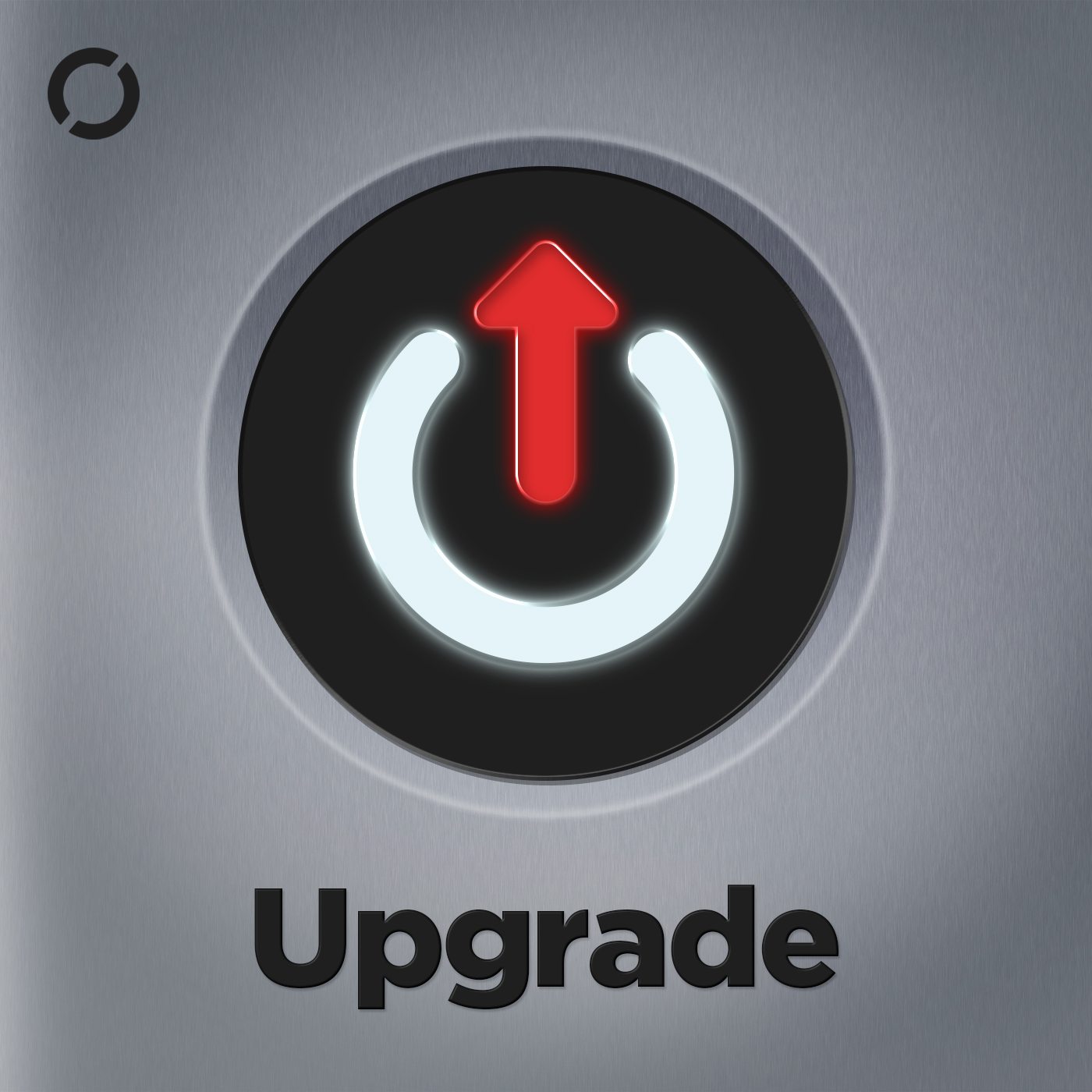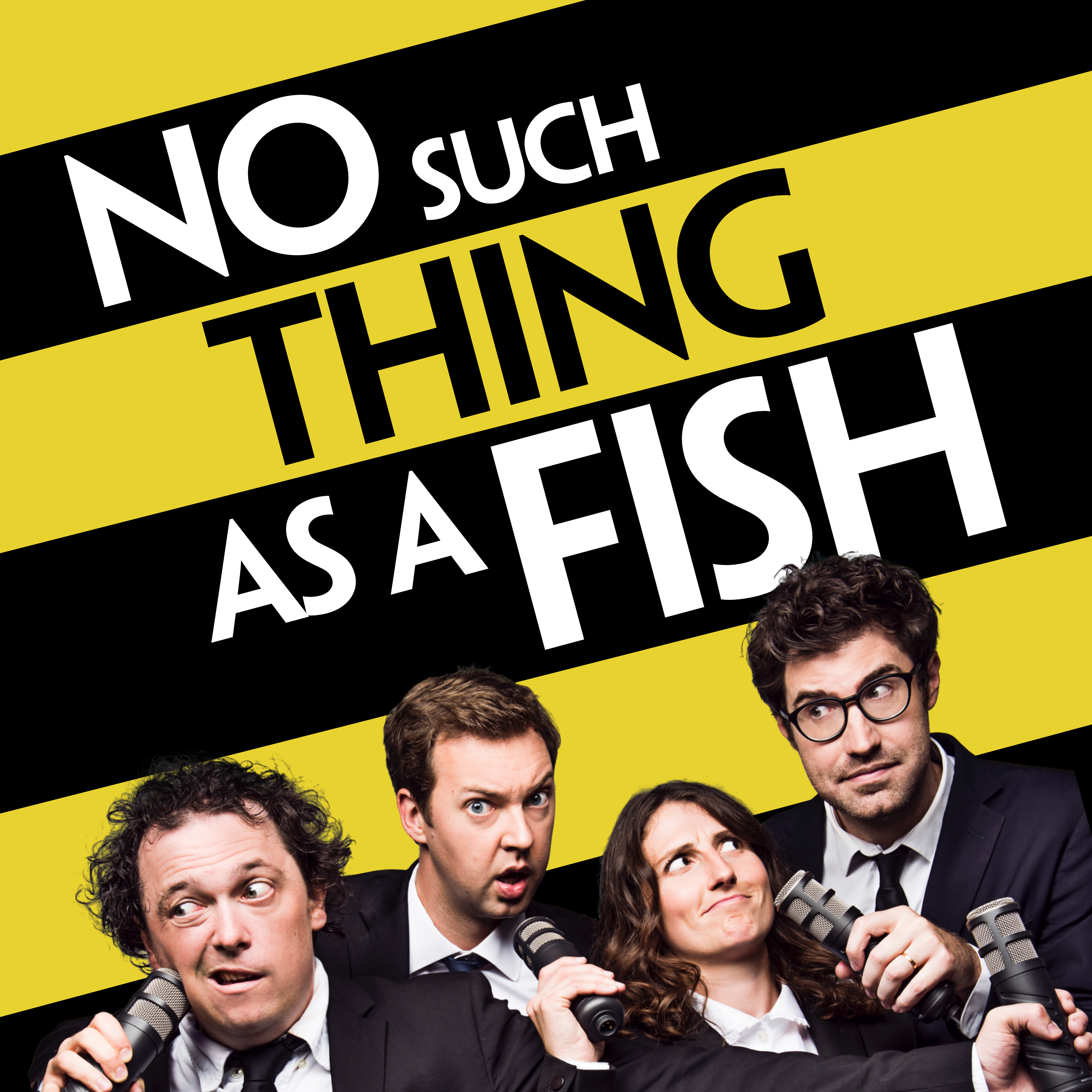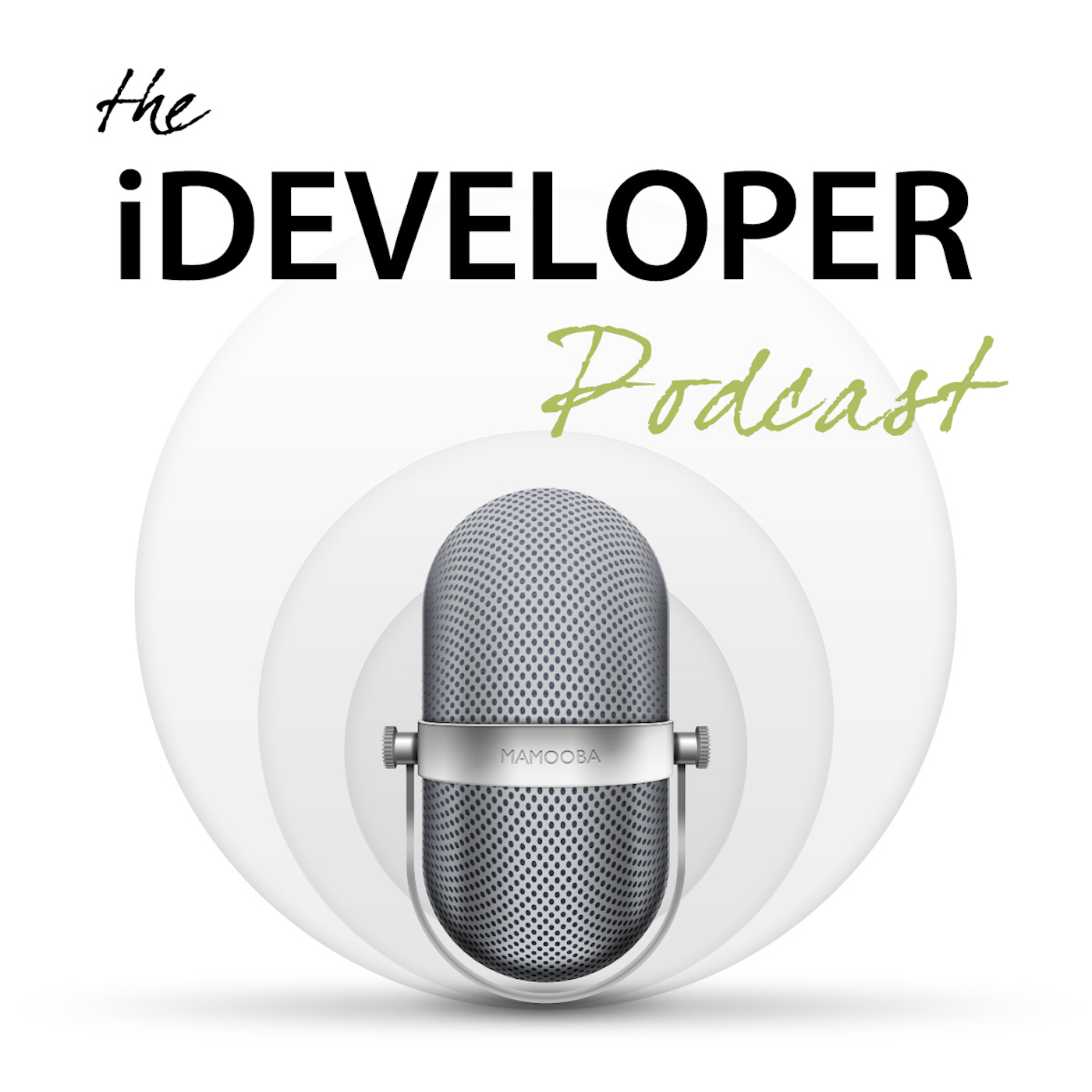
Piano, finally
Piano Finally is a podcast by an old bloke who is learning the piano, finally. I cover the process of learning the piano and music theory as an adult learner. I also review piano books, hardware and other materials from an adult learner's perspective.
Piano, finally
Episode 54 - Under Pressure
🎙 Episode 54 – Under Pressure
Welcome to Episode 54 of Piano, Finally, the podcast of one old bloke making his way—note by note—through learning the piano.
It’s been a big week at school with the Creative and Performing Arts Showcase on Wednesday and a packed end-of-term schedule coming up, featuring the walkathon, carnival, and Battle of the Bands (yes, I’ll be in the dunk tank again). The week also brought a tech upgrade with a new Mackie Big Knob Studio+ audio interface—so if the show sounds a bit different, that’s why. A review of it is on the way.
🎧 Video Feature – Best Piano VSTs of 2025
This week’s recommended video comes from Stu Harrison at Merriam Music, who reviews five top-tier piano VSTs: Keyscape, CFX Garritan, Addictive Keys, Pianoteq 8, and Claire. If you’re building out a virtual piano rig or just want to know what’s new, this is a thorough and insightful look. I’ve even added one of them to my own setup—hint: Mi piacciono i pianoforti italiani.
📝 Essay – Under Pressure
The Showcase performances sparked a reflection on pressure in music. While student performers juggle nerves, grading systems, and the looming ATAR, adult learners like me have the luxury of learning purely for enjoyment. No exams, no deadlines, just curiosity and flexibility. That freedom—especially to take detours like learning synthesis and adding stage keyboards—has been a huge part of the fun. I’m still debating whether to join the September recital, but if I do, I’ll choose something that keeps it enjoyable rather than stressful.
🎹 Gear Review – The Nord Stage 4 Pianos
We start a new review series on the Nord Stage 4 by looking at its piano section. Unlike traditional keyboards, the NS4 includes both modelled and sampled pianos (the latter via the synth engine). With limited memory, you have to choose your sounds carefully—but Nord makes it easy to load and swap models. I explore the grand, upright, electric, clavinet, and digital categories, including gems like the Velvet Grand, Amber Upright, and even a DX7. The Nord Sound Library offers many more. If you’re interested in purchasing the Stage 4 locally, here’s a link to Turramurra Music.
A standout feature? Layering. Up to seven sounds can be blended—say, an acoustic and electric piano—to create rich textures like those used by Elton John. Add in dynamic compensation, touch adjustments, and even pitch bending, and you’ve got a remarkably flexible performance tool.
🎼 Progress
This week’s practice focused on tricky passages from two pieces: Der Vogelfänger bin ich ja (Mozart) and Wild Chase(Wynn-Anne Rossi). Recorded using the Kawai NV10 and Pianoteq 8 with the New York Steinway D in Classical mode.
You can contact me:
- via email at david@pianofinally.show; this is probably the best option
- the show website, www.pianofinally.show
- Instagram and Threads @pianofinally
- and on YouTube
- all the podcast directories - list
- here's the RSS feed
Some of the links to books and other items mentioned in the podcast may affiliate links for Amazon or other providers. If you use one of these links, a commission may be paid to me at no additional cost to you. Thank you if you use a link.
All reviews of products, websites and services are unpaid, and no sponsorship has been received for any content on this podcast.
Episode 54 – Under pressure
G’day, everyone. I’m David Reidy; welcome to Piano, finally, a podcast by an old bloke who is getting around to learning the piano, finally.
[Crab Canon]
Welcome
Welcome to show fifty-four. Thank you very much for listening. If this is the first time you’re hearing the podcast, I hope you enjoy what’s in the show. If you’re back for another episode, then thanks for returning. If you’ve decided as an adult to learn a musical instrument, let me know how you’re getting along. Maybe you’re thinking of trying it? You can contact me at david@pianofinally.show.
It was a musical week once again. Wednesday at work was the first semester Creative and Performing Arts Showcase where our senior music students get a chance to perform the pieces that they are preparing for their final exams, or in one case play a recording of the orchestral piece they have composed. And some of the junior students get to show some of the work they have been developing in their elective drama lessons. It was a fun evening and it is great to see what these young people are achieving through their hard work, and the hard work of their teachers.
This coming week is one of the busier ones on the school calendar. Exams have been marked, reports have been written, and so this coming week celebrates the school’s history and achievements. Friday is the big day with the annual walkathon, the carnival and the Battle of the Bands. These musical performances will be very different from the ones that were shown off last week, and they give many of the students a chance to show off some skills we don’t normally see. I’ll get to some of the performances, but I’ll miss some while I’m being dropped into the dunk tank as part of the fundraising.
The show might sound a little different this week. I have a new audio interface that has improved the sound of both the Kawai and the Nord. The interface also does the digital conversion for recording the podcast, so if there is any change to the sound, that’s probably it. The new interface is a Mackie Big Knob Studio+, I’ll review it in an upcoming show.
[Crab Canon]
Podcast – Merriam Music – Best Piano VSTs of 2025
As you know, if you listen all the way to the end of each episode, although I have a piano that produces its own sounds, I don’t use those sounds very often. Usually, I take the MIDI information from the Kawai NV10 and send it to my Mac Mini, where Pianoteq 8 turns it into piano sounds. I like this approach, it makes it slightly easier to record the piano, but mostly because it gives me a much wider range of piano sounds than just the pianos built into the Kawai.
In this week’s video suggestion, Stu Harrison of Merriam Music takes a look at five of the VSTs available in 2025. VST stands for Virtual Studio Technology, and it refers to software that takes playing information and turns it into realistic-sounding music. VSTs are often used with digital audio workstations or notation software to give voice to the representations of music.
This is part one of the reviews and the five VSTs are Keyscapes, CFX Garreton, Addictive Keys, Pianoteq 8 and Claire from Native Instruments. Stu performs a decent amount of music with each of the VSTs and speaks about their strengths and weaknesses. I won’t attempt to paraphrase what Stu says in his reviews; all of them are clear and concise, and on point reviewing the software.
If you are interested in using, or adding to, VSTs in your set up, this is an excellent look at the current best products. I even found something new to add to my collection. You’ll hear it next week, here’s a hint: Mi piacciono i pianoforti italiani.
There’s a link to the YouTube video in the show notes.
https://www.youtube.com/watch?v=nwwVBAknMeE
[Crab Canon]
Essay – Under pressure
At the Creative and Performing Arts Showcase on Wednesday, a dozen school musicians showcased their skills with a variety of pieces, ranging from classical to Jazz and arrangements of popular music. The audience was mostly made up of family members, other music students, and a few teachers, so it was clearly a friendly place to perform, but I know it could still make a person nervous. I suppose, though, it’s a good place to start; no one is taking notes, unlike when they have to perform for the examiners in three months’ time.
One thing that was clear was that, despite any nerves, nearly everyone appeared to be enjoying themselves, especially once their performance was over. No one made any bad errors, there were no disasters, and everyone was much better at moving on after a mistake than I am. It is great to see these young people achieving so much.
It made me realise that despite them getting off to such a good start with music, and making such progress, there is one advantage I have in starting as an adult that they do not. It’s not having access to money to buy the latest gadgets, it’s not having more control over when things have to be done, or experience with making plans. No, the advantage I have over many of the younger musicians is that no one is making me learn the piano.
Now I’m not saying that all these young people are being forced into learning their instruments, in fact I know that many of them have chosen to pursue music because they really want to, but all of them have added an extra layer to that learning. The students whom I saw perform on Wednesday are all preparing to leave school, and their musical performances or compositions will form part of their final grade. A grade that will determine where they can go for the next part of their lives.
In New South Wales, the qualification that many students aim for at the end of high school is called the ATAR, or Australian Tertiary Admission Rank. It’s a number that, at least in part, determines what courses you can enrol in at university. Increasingly, it is only one of several criteria; for instance, further music study will also involve auditions. But it is certainly a significant consideration when choosing subjects to study for the last two years of high school. So, for most students who performed last week, doing their very best in their performance is of utmost importance.
Of course, not every child learning an instrument is going to use it as part of their final school subjects, and I am sure that there are quite a lot of them who play just because they enjoy it, but often, there are other pressures on them to perform. Many times, both in stories I have heard from students, friends with children, or from musicians talking about their childhoods, the spectre of being forced to learn an instrument and to practise regularly comes up. What may have started as an enjoyment turns into a chore.
This is one thing I don’t have to worry about. I get to decide when and if I want to practice, and I don’t have anyone forcing me to do something I don’t enjoy, at least not as far as music is concerned. I think this is also the case for nearly all the other adults who have chosen to pick up an instrument later in life. Of course I have goals for where I will go with the playing, and they are goals that I set and that I can change if I want.
I am lucky enough to be able to follow tangents. When I started with the keyboard, my goal was to learn to play the piano, and that is still where I am heading. It’s a simple goal and one that doesn’t have any time limit on it, and it’s fun. I like learning things, especially things that I don’t already have a background in. Piano playing is useful; it lets me share an enjoyable skill with others, and was something I knew about in theory, but not in practice.
Because I don’t have any time sensitive goals I can take detours along the way. Deciding to add a stage keyboard to my collection has led down a whole new path, still on the way to learning to play, but adding a lot of new learning. I can now, at a very simple level, program a subtractive synth to produce simple sounds. I’ve got much better at listening to a sound and working out what is going on. The game-like nature of Syntorial has made that part of learning fun as well.
So I’ve worked out that it’s the lack of time pressure that is making this so enjoyable. If something takes my interest, I can start exploring without worrying that I won’t have something else done. Time is still limited, but an adult can be more flexible than a younger person, even though their overall time might be more limited. Also, if the path you are following is fun, it’s much easier to find time for it.
This is the reason I have been reluctant to decide to do any of the music exams. I still want to get to the level required to pass, but as I don’t need that formal validation for anything, I can work my way there without having to put any time pressure on myself. I’m thinking in a similar way when it comes to Devi’s recital in September. I think I should probably take part, but how to do it without taking all the fun away.
Here's my thinking at the moment, and I still haven’t made a final decision. I have a couple of pieces I could, with a little bit of polishing, perform now. They are the pieces from the last year, and they’re ok, but not really spectacular. What I’d prefer to perform is either of the Mozart or the Rossi pieces I’m practising at the moment, but they might not get there by September. Both are more complex than the pieces I am comfortable with and I’m not sure that they would be at performance quality. So, if I say I’ll take part, I can keep working on the newer pieces, but have the older pieces as backup. That way I can keep the time pressure at a minimum and still have fun with the practice. I’ll keep you informed.
[Crab Canon]
Review – Nord Stage 4 – The Pianos
Because of the wide range of options available on the Nord Stage 4, I’m going to look at each of the sections separately. Although it is the second section on the keyboard, I’m going to start with the piano section as it is the one closest to what I have already been doing.
There are two different ways of getting piano sounds on the Stage 4, there are modelled pianos in the piano section itself, and there are sampled pianos available in the synthesiser section. I’ll only be exploring the modelled pianos today, I’ll get to the pianos and other samples when I look at the synthesiser in more depth.
The Stage 4 has a limited memory capacity, it can only store 2GB of information and that includes the piano and organ models and all the samples and settings for the synthesiser module. This means that there is a larger range of pianos available for the unit than are installed at any one time. Swapping piano models in and out is a simple matter using the Nord Sound Manager software, although you do have to be careful to reassign pianos that are used in other parts of the system.
The piano models come in different sizes, so for any given piano you can choose how much memory you want it to use, based on the capabilities you want it to have. The XL-sized models have the most realistic modelling and those are the ones I have chosen. Typically, an XL model is around 200 MB in size, so you can reasonably fit six or six of them into memory at one time.
The pianos are divided into categories: Grand, Upright, Electric, Clavinet, Digital and Miscellaneous. If you haven’t changed anything, the piano that seems to be used almost everywhere is the White Grand; it sounds like this [insert]. There is a Velvet Grand [insert], and I have added in the Mozart Forte Piano from the sound library [insert].
The Amber Upright is the largest of the Upright models; it sounds like this [insert], and there is a felt version as well [insert]. The electric pianos are modelled on the Wurlitzer [insert] and Rhodes [insert] electric pianos. There are a pair of harpsichords [insert] in the Clavinet section and a DX7 [insert] and other digital models in the Digital section. A marimba [insert] and vibraphone [insert] round off the pianos that are installed by default. There are other pianos available from Nord online, they are all free for owners of any Nord keyboard.
One of the big features of the Stage 4 is that there are seven layers available for combining sounds. For example, you can mix an acoustic and electric piano together, setting the levels of each, to achieve a fuller sound, if that’s what you’re after. Apparently, that’s the sound that Elton John uses when performing live, and I’m sure many other artists do similar things to achieve their distinctive sound. [insert]
There are a number of settings you can change for the piano sounds. There is a Unison setting with off and three different levels, adding to the thickness of the sound. There is a dynamic compensation setting which evens out the keyboard velocities. It sort of acts like a compression effect, raising the softer notes and lowering the louder ones, but because it does it by modifying the inputs, it avoids the problems associated with audio compression settings. You can also modify the keyboard touch. Although this doesn’t have any effect on how the keyboard feels under your fingers, it does affect the volume of your playing.
Finally, because the Nord has a pitch bend control for the synthesiser section, you can also use it with the piano sounds – something you don’t normally get on a piano keyboard. It lets you move the pitch of a note up and down by up to a semitone. I can’t see it working well with Mozart, but it might work with Schoenberg. [insert]
All the recordings in this review were made with the effects section of the keyboard turned off; however, there are a large number of modifications you can make to the sound. I’ll demonstrate them in a later review.
https://www.nordkeyboards.com/products/nord-stage-4/
https://www.turramusic.com.au/products/nord-stage-4-88
[Crab Canon]
Closing
If you’d like to contact me, email is the best way. You’ll find me at david@pianofinally.show and the website at www.pianofinally.show. In both cases, pianofinally is all one word. The show is also on Spotify and available as audio-only on YouTube. You can subscribe via any popular iOS or Android podcast application or from directories such as Apple Podcasts, Spotify, or YouTube. I also post an excerpt and link for each episode as an Instagram reel.
If you’re learning an instrument, let me know where you are in your journey. What’s going well, and what are the challenges? How are you managing your time? Are you branching out to other instruments?
So, until next week, I hope your piano stays in tune and you enjoy your time at the keys.
[Crab Canon]
Progress
I’ve included just the two small parts I am concentrating on at the moment. They are from an arrangement of Mozart’s Der Vogelfänger bin ich ja and Wynn-Anne Rossi’s Wild Chase. The sections that come before them are in regular repetition, and gradually getting better, but these parts are still quite rough. In the case of Wild Chase, this is the last part to learn; the music that follows these bars is just a variation on the opening.
The pieces were recorded using the Kawai NV10 as the keyboard and Pianoteq 8 on the M4 Pro Mac Mini, emulating the Shigeru Kawai SK-EX piano in Ryuyo mode.
[Practice pieces]
Podcasts we love
Check out these other fine podcasts recommended by us, not an algorithm.

Connected
Relay
Upgrade
Relay
No Such Thing As A Fish
No Such Thing As A Fish
We Can Be Weirdos
Global
Stuff The British Stole
ABC and CBC
The iDeveloper Podcast
Steve Scott (Scotty) & John FoxRaven On: A Pop Culture Podcast
Natalie Bochenski & Stuart Layt
Smart Enough to Know Better
Dan Beeston & Greg Wah
TopMusic Piano Podcast
Tim Topham
The Chopin Podcast
Garrick Ohlsson and Ben Laude



